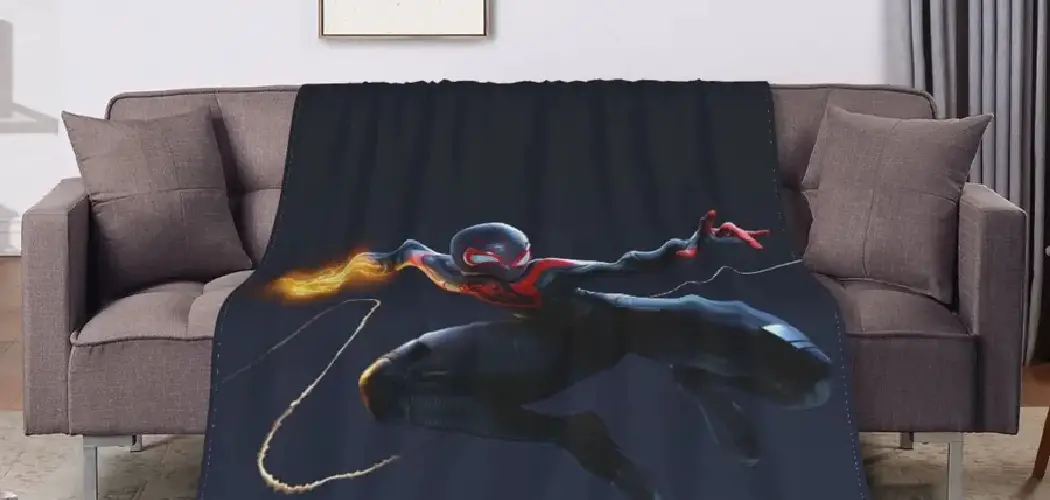Creating sofa headrest covers is a simple and effective way to give your living space a fresh, personalized touch. Not only do these covers protect your furniture from daily wear and tear, but they also allow you to customize the look of your sofa to match your unique style. Whether you prefer bold patterns or subtle textures, making your own headrest covers can be a rewarding DIY project. In this guide, we’ll walk you through how to make sofa headrest covers.
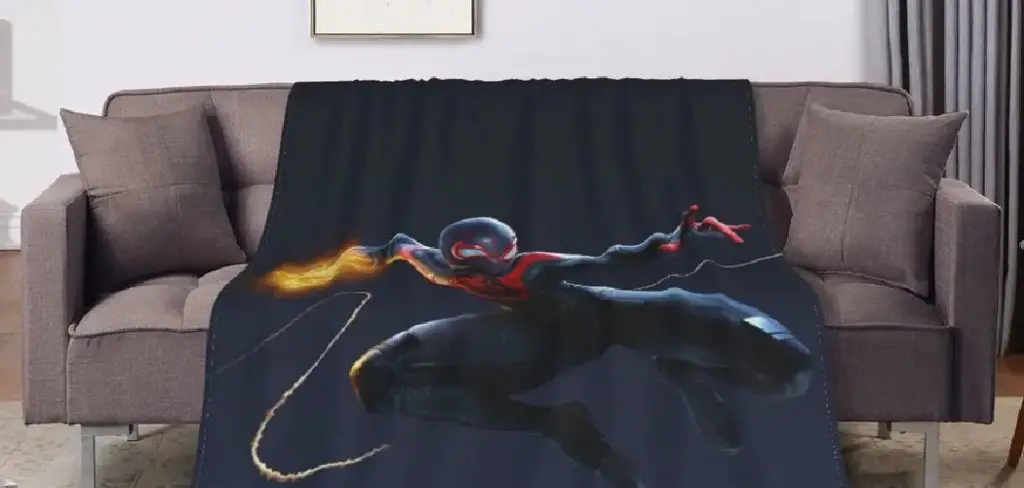
The Importance of Headrest Covers
Headrest covers play a crucial role in maintaining the longevity and appearance of your sofa. They serve as a protective barrier against dirt, stains, and wear from daily use, which can significantly extend the life of your furniture. Regularly changing or washing headrest covers can also help in maintaining a hygienic environment in your living room, reducing the accumulation of dust and allergens. Furthermore, headrest covers offer a simple way to update the style of your space without the need for expensive redecorating, allowing you to experiment with trends and colors. By investing in quality headrest covers, you not only safeguard your sofa but also enhance the overall aesthetics of your home.
Why Make Your Own Sofa Headrest Covers
Making your own sofa headrest covers has several advantages. First and foremost, it provides you with the freedom to choose materials that best fit your style and comfort preferences. You can select colors and patterns that complement the existing decor of your room, creating a cohesive and personalized look. Additionally, creating your own covers allows you to use high-quality fabrics that may not be available in ready-made options, ensuring durability and longevity.
Another benefit is cost-effectiveness; DIY headrest covers can be significantly less expensive than purchasing pre-made ones, especially if you already have leftover fabric or access to discounted materials. Moreover, making your own covers gives you the satisfaction of engaging in a creative and rewarding project, allowing you to express your artistic skills and contribute a personal touch to your home.
10 Methods How to Make Sofa Headrest Covers
1. Measure Accurately for a Perfect Fit
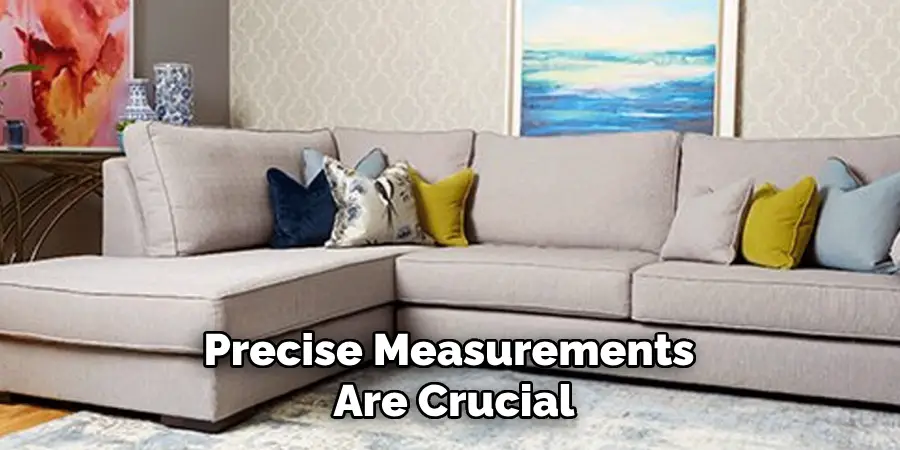
Before creating headrest covers for your sofa, precise measurements are crucial. Use a measuring tape to determine the length, width, and height of the headrest area, accounting for any curves or unusual shapes. Measure twice to ensure accuracy, as this will prevent the fabric from being too tight or too loose. Add an extra inch to each side for seam allowances. Accurate measurements ensure the finished covers fit snugly and look professionally tailored, enhancing the overall appearance of your sofa.
2. Choose the Right Fabric
The choice of fabric is critical when making headrest covers, as it affects both durability and style. Opt for materials that match or complement your sofa’s upholstery, such as cotton, polyester blends, or faux leather. If your sofa endures heavy use, consider stain-resistant or washable fabrics. Additionally, select colors or patterns that enhance the aesthetic of your living room while protecting the headrest from wear and tear. Soft fabrics like fleece or velvet add a touch of comfort and luxury to the design.
3. Design with Slip-On Style Covers
A simple slip-on design is an easy and practical method for making headrest covers. This involves sewing a rectangular fabric piece into a pocket shape that slides snugly over the headrest. Ensure the fit is slightly tight to prevent slipping during use. This style is beginner-friendly and can be customized with decorative trims, piping, or embroidery. Slip-on covers are also removable, making them easy to clean and replace when needed.
4. Incorporate Elastic for Flexibility

Elasticated headrest covers are another excellent option for a secure fit. Sew an elastic band into the edges of the cover, allowing it to stretch and fit snugly around the headrest. This design accommodates slight size variations and ensures the cover stays in place, even with frequent use. Elastic covers are ideal for households with active children or pets, as they are both functional and resilient against constant movement.
5. Use Quilted Fabric for Padding
For added comfort, consider using quilted fabric or adding a layer of batting to your headrest covers. Quilted materials provide extra padding, making the headrest more comfortable while adding texture and a touch of elegance. To achieve this, sandwich a thin layer of batting between two fabric pieces and quilt them together with stitching patterns. This method works well for creating cozy and luxurious covers that stand out as decorative accents.
6. Create a Tie-On Design
Tie-on covers are a stylish and adjustable option, featuring fabric ties or ribbons that secure the cover to the headrest. Cut the fabric into the desired shape, then sew ribbons or straps to the corners. Tie these around the back or bottom of the headrest for a snug fit. This design adds a touch of charm and allows for easy adjustments, making it perfect for sofas with uniquely shaped headrests.
7. Add Embellishments for Personalization
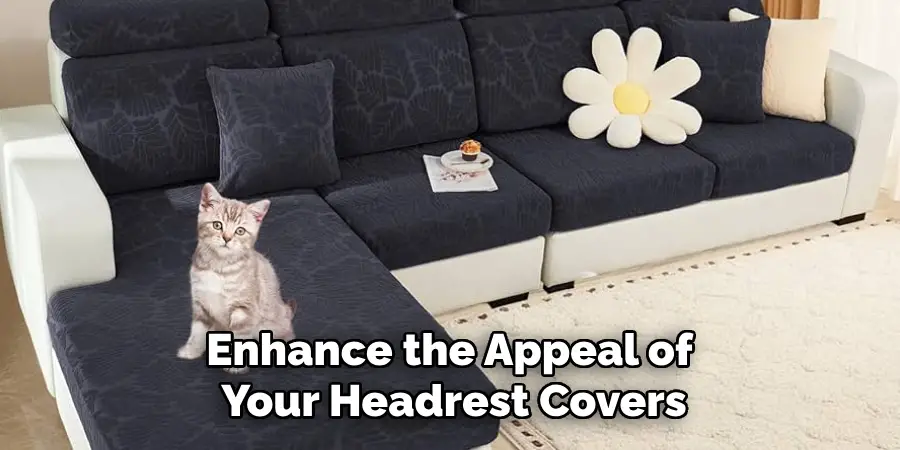
Enhance the appeal of your headrest covers by incorporating embellishments such as embroidery, appliqués, or decorative stitching. Monograms, floral designs, or geometric patterns can add a personal touch to the covers while elevating their aesthetic value. Choose embellishments that align with your overall decor theme, and ensure they are securely attached for durability. Personalized headrest covers can serve as a focal point in your living space.
8. Opt for a Velcro or Zipper Closure
For a polished and secure finish, consider using Velcro or zippers to close the headrest covers. Velcro strips can be sewn onto the edges of the fabric, allowing for easy attachment and removal. Alternatively, a hidden zipper provides a seamless appearance and ensures the cover stays in place. These closure options are practical for covers that need frequent washing, as they simplify the process of removing and replacing the fabric.
9. Make Reversible Covers
Reversible headrest covers offer versatility and double the functionality. Use two different fabrics or patterns for each side of the cover, allowing you to switch between them to match changing decor or seasons. For instance, one side could feature a neutral tone for everyday use, while the other showcases a bold pattern for special occasions. Reversible covers are cost-effective and provide a fresh look without requiring multiple sets.
10. Sew Custom Shapes for Unique Headrests
If your sofa features uniquely shaped headrests, such as curved or segmented designs, customize the covers to match their contours. Create a paper template by tracing the headrest’s outline, then use this pattern to cut the fabric. Sew the pieces together, ensuring a snug fit around the unique shape. This approach ensures a tailored look that enhances the sofa’s original design while offering the protective benefits of a cover.
Things to Consider When Creating Sofa Headrest Covers
When embarking on the project of creating headrest covers for your sofa, there are several important factors to keep in mind. First, consider the overall aesthetic of your living space and how the headrest covers will fit within this theme. Whether you prefer a classic look or a contemporary vibe, choosing the right colors and patterns is crucial. Secondly, think about the level of durability required based on the usage of your furniture. If your sofa is frequently used by children or pets, opting for robust, easily washable fabrics is a smart choice.
Additionally, assess your sewing skills and the complexity of the design you’re aiming for. Beginners might want to start with simpler styles, while more experienced sewers can experiment with advanced designs and embellishments. Lastly, budget considerations can influence your choice of materials and potential embellishments, so plan accordingly to ensure your project is both economical and stylish.
Common Mistakes to Avoid
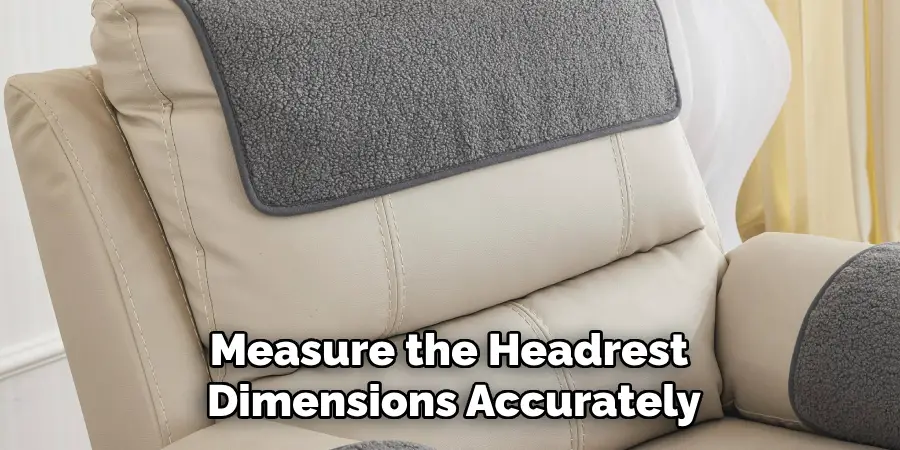
When crafting sofa headrest covers, there are several pitfalls to watch out for to ensure a successful project. One major mistake is failing to measure the headrest dimensions accurately. Inaccurate measurements can lead to ill-fitting covers that slide off or appear unsightly. Another common error is neglecting to pre-wash the fabric before sewing. Washing the fabric in advance can help prevent shrinkage and ensure the cover maintains its fit after cleaning. Additionally, avoid underestimating the importance of seam allowances; failing to include adequate allowances can result in a cover that is too tight or has exposed seams.
Another oversight is selecting fabrics that aren’t durable or suitable for frequent use, which can lead to faster wear and tear. Also, be mindful not to overlook the closure design; choosing closures that are difficult to manage or don’t stay secure can cause frustration. By being aware of these common mistakes, you can create headrest covers that are both functional and visually appealing.
Conclusion
Making sofa headrest covers is a practical and creative way to protect your furniture while adding a touch of style and comfort. By carefully measuring, selecting appropriate materials, and choosing from designs such as slip-on, tie-on, or elasticated styles, you can create covers that suit your sofa and lifestyle. Thanks for reading, and we hope this has given you some inspiration on how to make sofa headrest covers!

